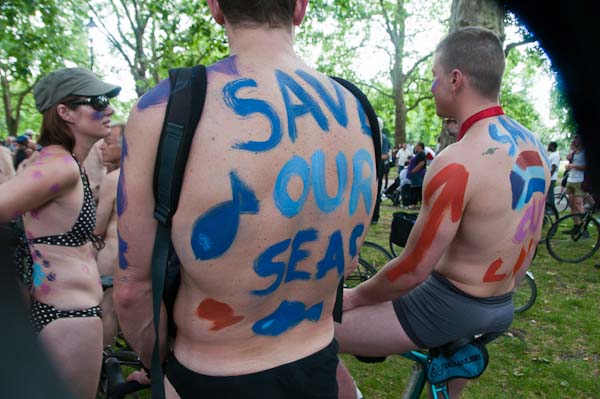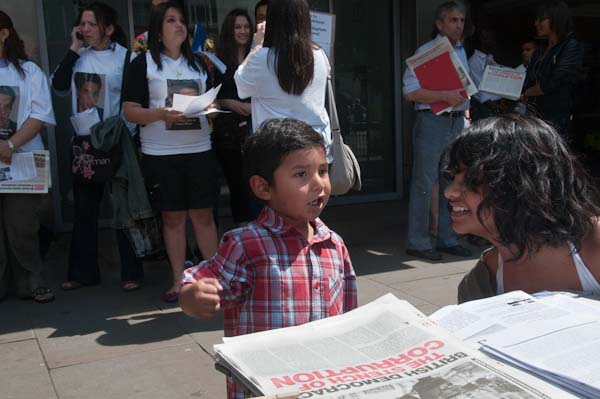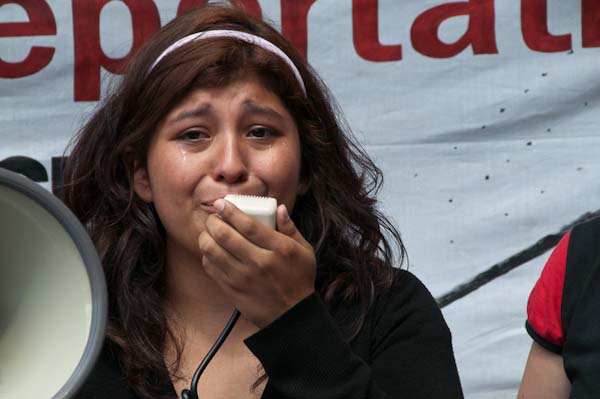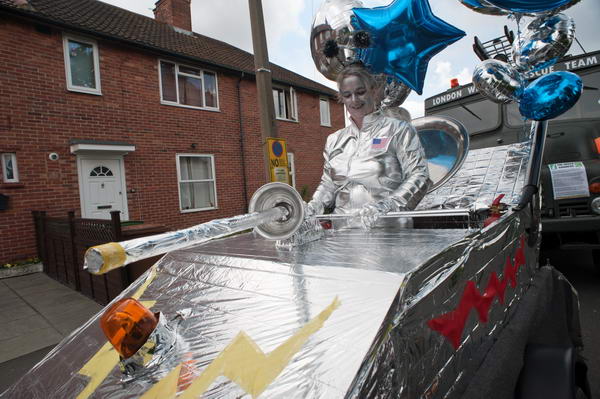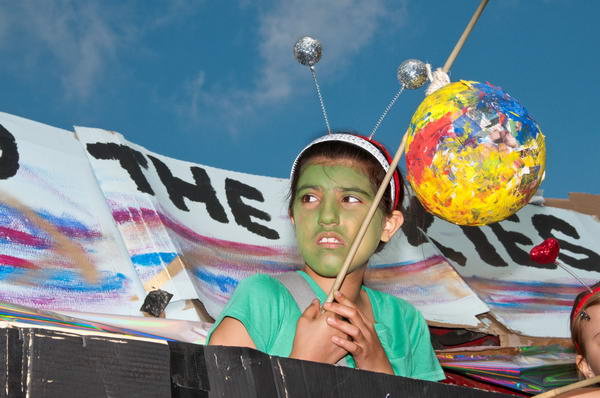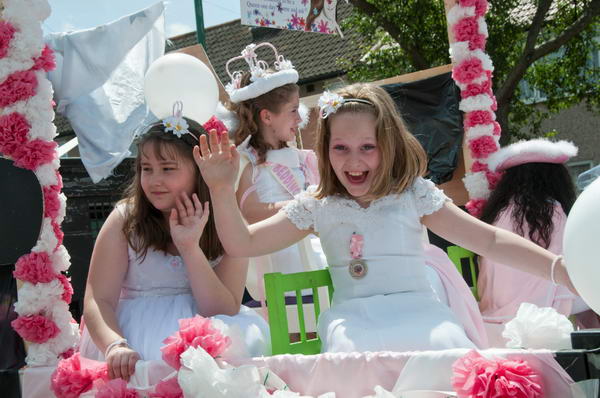Thursday I was splashed down the back with Gordon Brown’s blood. It was a clean shirt, and a new one or else I wouldn’t have minded. It’s soaking in cold water now and I just hope it will all rinse out.
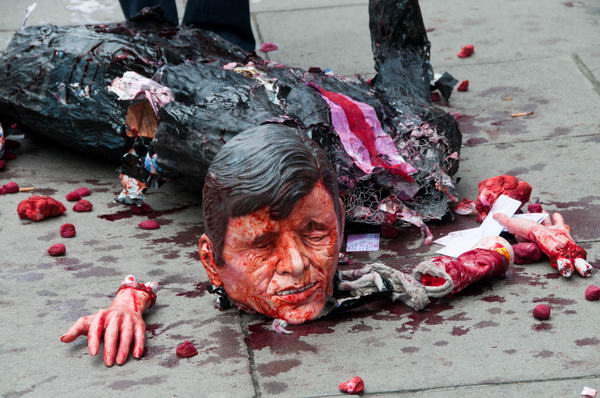
Brown himself was in a sorry state. I’d watched his head torn off and his limbs dismembered, and now the zombies were trying to eat the revolting bloody mess from inside his torso. The dummy (it is really was a dummy, not just a figure of speech about our revered leader) was in pretty poor shape, rather like New Labour, outside whose HQ on Victoria Street we were. Even the best efforts of the zombies to bring him back to life were fruitless.

At the megaphone, Professor Chris Knight was calling for New Labour to go, and for a new Labour Party to return to socialist values, starting with the re-adoption of Clause 4:
“To secure for the workers by hand or by brain the full fruits of their industry and the most equitable distribution thereof that may be possible upon the basis of the common ownership of the means of production, distribution and exchange, and the best obtainable system of popular administration and control of each industry or service.”
Around Knights neck was a placard with a simple solution for a current problem: “No Redundancies – we’ll nationalize the Lot!”
Membership cards for the real The Labour Party were handed out, signed by the new General Secretary, Chris Knight, who led the small assembled crowd in ‘The Red Flag, and unlike most party conference delegates he actually knew the words.
The meeting was then addressed the Political Commissar for Zombie Wrangling of the Government of the Dead, one V I Lenin, who carried a poster misquoting himself from 1918, “I want to support the ‘New’ Labour Party in the same way as the rope supports the hanged man“, complete with a small gibbet and hanging skeleton.
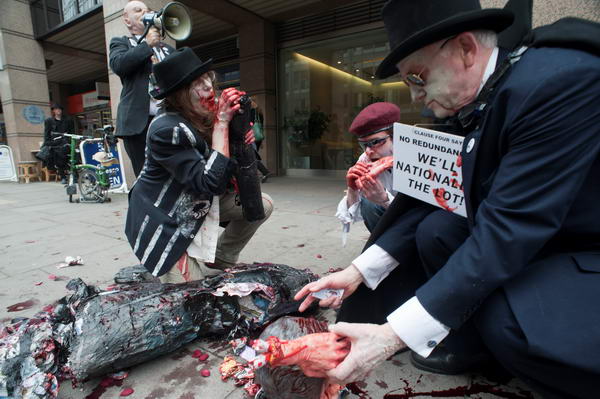
A police community support officer had come and talked to the demonstrators and had moved away after declining to join the party and asking them not to stay for more than half an hour and to tidy up after them. The New Labour offices are in the area where permission is required for demonstrations, but this piece of street theatre probably qualified as a ‘media event’, for which apparently permission is not needed. It’s a fine distinction, but one that saves considerable police time.
The event was also watched by a couple of rather low-key security men from the New Labour offices, one taking photos. The only slight unpleasantness was when a man going into the offices barged angrily through the people standing around watching, and then came back to threaten one of the photographers who had protested at his rudeness. He withdrew when a number of people – including the security men – came up to him and quickly guided him inside. From his attitude I thought he might be from the No 10 Press Office, but his language was insufficiently colourful.
More pictures on My London Diary

